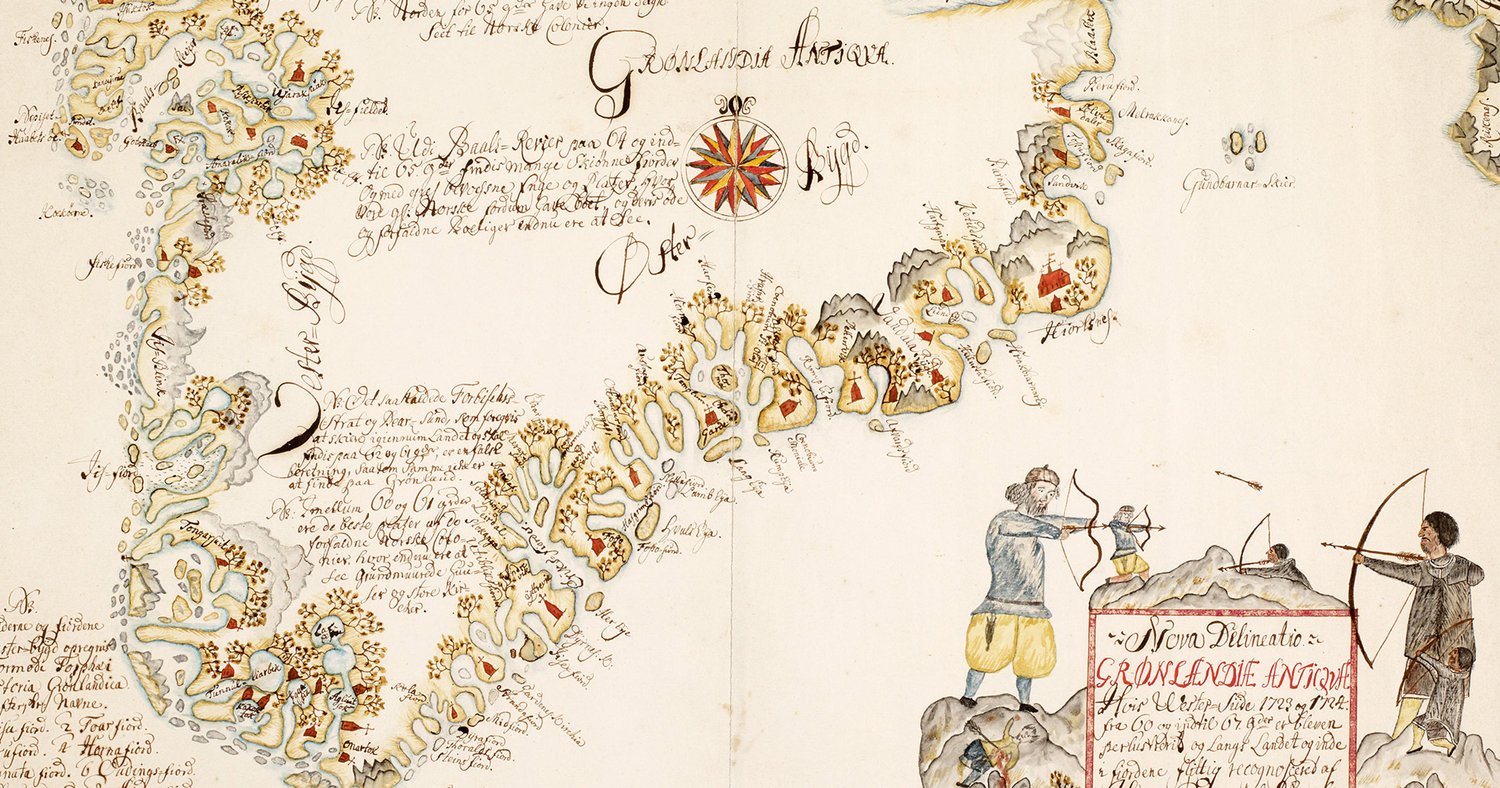Along with the Faroe Islands, Greenland and Denmark constitute the Danish Realm, a political arrangement united under the Danish monarch, King Frederik. Greenlanders hold Danish citizenship, many are of mixed Inuit and Danish heritage, and approximately 17,000 live in Denmark. What the Danish government doesn’t like to admit is that Denmark enjoys geopolitical advantages from the arrangement. Retaining Greenland as a territory makes Denmark one of eight members of the Arctic Council and the third largest territory within NATO. And though Greenland retains full control of its natural resources, Denmark is responsible for its foreign policy; the economic potential of any mineral deposits, as well as the emerging trade routes in the Arctic, will likely elevate Denmark’s geopolitical influence in the region and its standing on the world stage.
And yet, until President Donald Trump’s first suggestion, in 2019, that the U.S. wanted to purchase Greenland from Denmark, the island didn’t much figure much in the Danish news cycle. At the time, Trump’s comments were dismissed in Danish media as a bad joke. Now Trump’s rhetoric of the “absolute necessity” of taking Greenland has put the Danish government in the awkward position of defending its territorial possession of a former colony that is laying the groundwork for independence. In doing so, Trump has forced Denmark to reckon with a past that many Danes would prefer to ignore. As a Danish friend who spent four years in Greenland recently told me, “Never before have there been so many Danish journalists in Greenland as there are now.”


